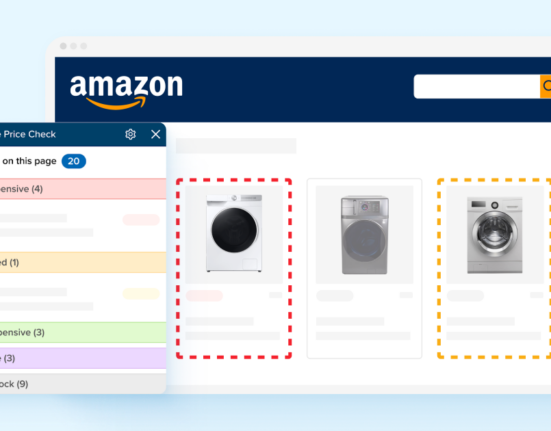For today’s consumers, price and availability aren’t just practical considerations, they are foundational elements of trust. As shoppers seamlessly transition between online and in-store experiences, they expect consistency in pricing and reliable information about product availability. However, our recent surveys highlight that many brands and retailers are still grappling with discrepancies and stock issues, which can erode consumer confidence and loyalty.
Why Price Consistency and Availability Matter More Than Ever
In our survey, 95.92% of consumers reported comparing prices online before purchasing in-store. The ease with which shoppers can now access price comparison tools means that any discrepancies between channels are immediately apparent. This expectation of transparency isn’t just about getting the best deal—it’s about fairness and trust. It’s no surprise that 63.88% of shoppers expect pricing and promotions to be consistent across online and in-store channels.
On the availability front, 54.85% of respondents reported experiencing discrepancies between online and in-store stock levels, leading to frustration and missed opportunities. Consumers often plan their shopping journeys around what’s in stock, and inaccurate inventory information can quickly lead them to turn to competitors. When faced with out-of-stock situations in-store, 46.82% of shoppers indicated they would order the item online, and 61.20% would turn to another website if the product was unavailable online.
The Implications for Brands and Retailers
These findings reveal a dual challenge for brands and retailers: the need to align with consumer expectations through transparent pricing strategies and to manage inventory effectively. When consumers encounter inconsistent pricing or stock issues, it diminishes their confidence in the brand and can drive them to explore other options. This is particularly crucial in competitive categories like electronics, where consumers are willing to put in the extra effort to find the best price or a reliable source for their desired product.
Strategies to Build Trust and Improve Availability
• Align Pricing and Promotions Across Channels: Ensure that pricing strategies are consistent between online and in-store channels or clearly communicate any intentional differences to avoid confusion. Transparency is critical to building trust with shoppers.
• Implement Price-Matching Policies: Offering price-matching policies helps reassure customers that they’re getting the best deal, regardless of the channel. This approach also reduces the likelihood of shoppers turning to competitors for minor price discrepancies.
• Invest in Real-Time Inventory Management Systems: Utilize integrated systems that sync inventory data across all channels in real-time. This can help reduce discrepancies between online and in-store stock levels, improving customer satisfaction and retention.
• Enhance Communication on Stock Availability: Make stock levels clear and accurate on digital platforms and provide estimated restock dates for out-of-stock items. Consider offering buy-online pick-up-in-store (BOPIS) options or same-day delivery to maintain sales momentum.
Establishing a Reliable Omnichannel Experience
Meeting consumer expectations for pricing and availability isn’t just a technical challenge; it’s a critical component of the overall brand experience. Shoppers value consistency and reliability, and any lapses in these areas can quickly lead to lost sales and damaged trust. By investing in transparent pricing strategies and real-time inventory systems, brands can create a more cohesive shopping experience that keeps consumers engaged and loyal.
Conclusion
In an era where shoppers are empowered with information at their fingertips, brands and retailers must prioritize transparency and reliability. Price discrepancies and stock issues are more than just operational challenges; they are trust-breakers. By aligning pricing strategies, implementing robust inventory management systems, and improving communication, brands can create a unified experience that meets the expectations of today’s omnichannel shoppers. In doing so, they can build stronger relationships with their customers and position themselves for long-term success in an increasingly competitive market.









